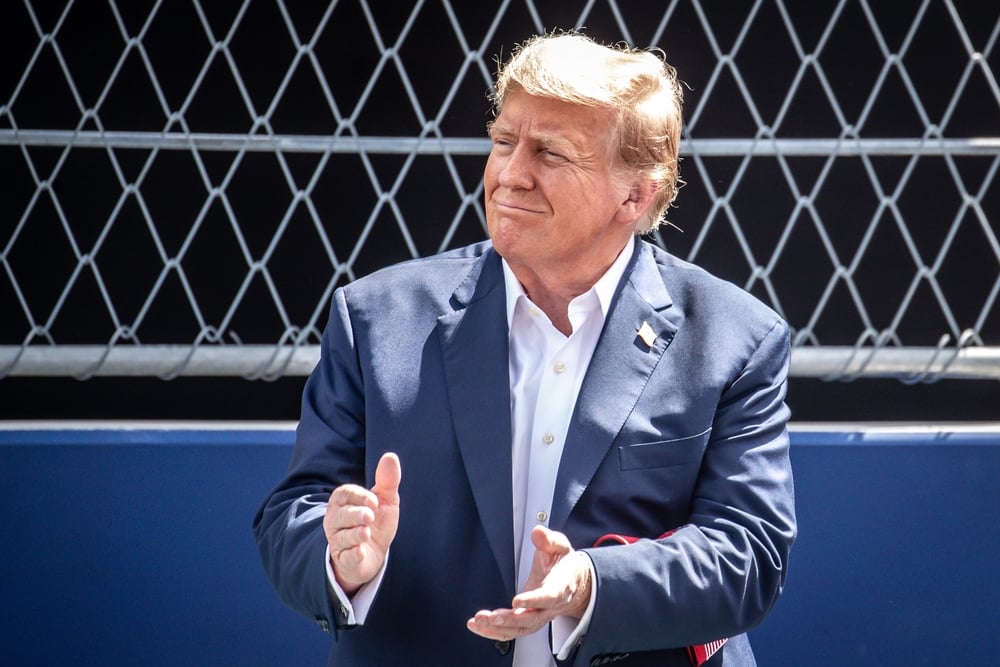President-elect Donald Trump announced sweeping plans to impose substantial tariffs on goods from Mexico, Canada, and China starting on his first day in office. The proposed tariffs, ranging from 10% to 60%, aim to address issues like illegal immigration, drug trafficking, and trade imbalances but could significantly increase costs for American businesses and consumers.
The Tariff Proposal
Trump’s plan includes:
- 25% tariffs on all goods imported from Mexico and Canada, tied to stopping illegal immigration and drug flows.
- 10% additional tariffs on all Chinese goods unless China curbs the flow of drugs like fentanyl into the U.S.
“These tariffs will remain in effect until such time as drugs, in particular fentanyl, and all illegal aliens stop this invasion of our country!” Trump posted on Truth Social.
International Reactions
Mexico’s Response
Mexican President Claudia Sheinbaum rejected the threats, warning that retaliatory tariffs would hurt both economies. “Imposing one tariff would mean another comes in response, continuing like this until we put shared companies at risk,” she said.
Canada’s Response
Canadian Prime Minister Justin Trudeau held a call with Trump following the announcement, describing the conversation as “productive.” Trudeau emphasized the importance of shared economic ties and border security, signaling Canada’s willingness to engage in discussions.
China’s Response
A Chinese Embassy spokesperson, Liu Pengyu, dismissed Trump’s accusations about drug flows, emphasizing ongoing cooperation on counternarcotics and warning against trade wars. “No one will win a trade war or a tariff war,” Liu said.
Economic Impacts
Immediate Market Reactions
- The Canadian dollar and Mexican peso initially dropped against the U.S. dollar but recovered some losses.
- The Dow Jones fell 50 points (0.1%), while the S&P 500 and Nasdaq posted slight gains.
Long-Term Concerns
Analysts warn that Trump’s tariffs could disrupt supply chains, increase costs for U.S. manufacturers, and stoke inflation:
- Karl Schamotta, chief market strategist at Corpay Cross-Border Solutions, estimated that the measures could add $272 billion annually in tax burdens and hurt an already vulnerable household sector.
- The Peterson Institute for International Economics projected Trump’s previous tariffs would cost the average U.S. household $2,600 annually, a figure likely to rise with the new proposals.
Industries at Risk
The tariffs would impact key imports:
- Canada: Oil, cars, machinery, and wood.
- Mexico: Cars, electronics, machinery, and furniture.
- China: Electronics, machinery, toys, and furniture.
The Role of Tariffs in Trump’s Economic Agenda
Trump views tariffs as a tool to grow domestic manufacturing and generate tax revenue. However, economists argue that tariffs are essentially a tax on businesses, with costs passed on to consumers. While Scott Bessent, Trump’s Treasury Secretary pick, has said tariffs can avoid inflation if implemented correctly, many believe the scale of Trump’s proposals could stoke price increases and slow economic growth.
Potential for Retaliation
Trump’s tariff plan risks reigniting trade wars. During his first term, retaliatory actions by other countries reduced U.S. export competitiveness. If implemented, the new tariffs could invite similar backlash, further undermining domestic industries.
Closing Thoughts
While Trump’s aggressive tariff strategy appeals to his base as a means of addressing trade imbalances and immigration issues, the broader economic consequences remain uncertain. With potential disruptions to supply chains, rising costs for consumers, and strained international relationships, the stakes for Trump’s second term economic agenda are high.





















